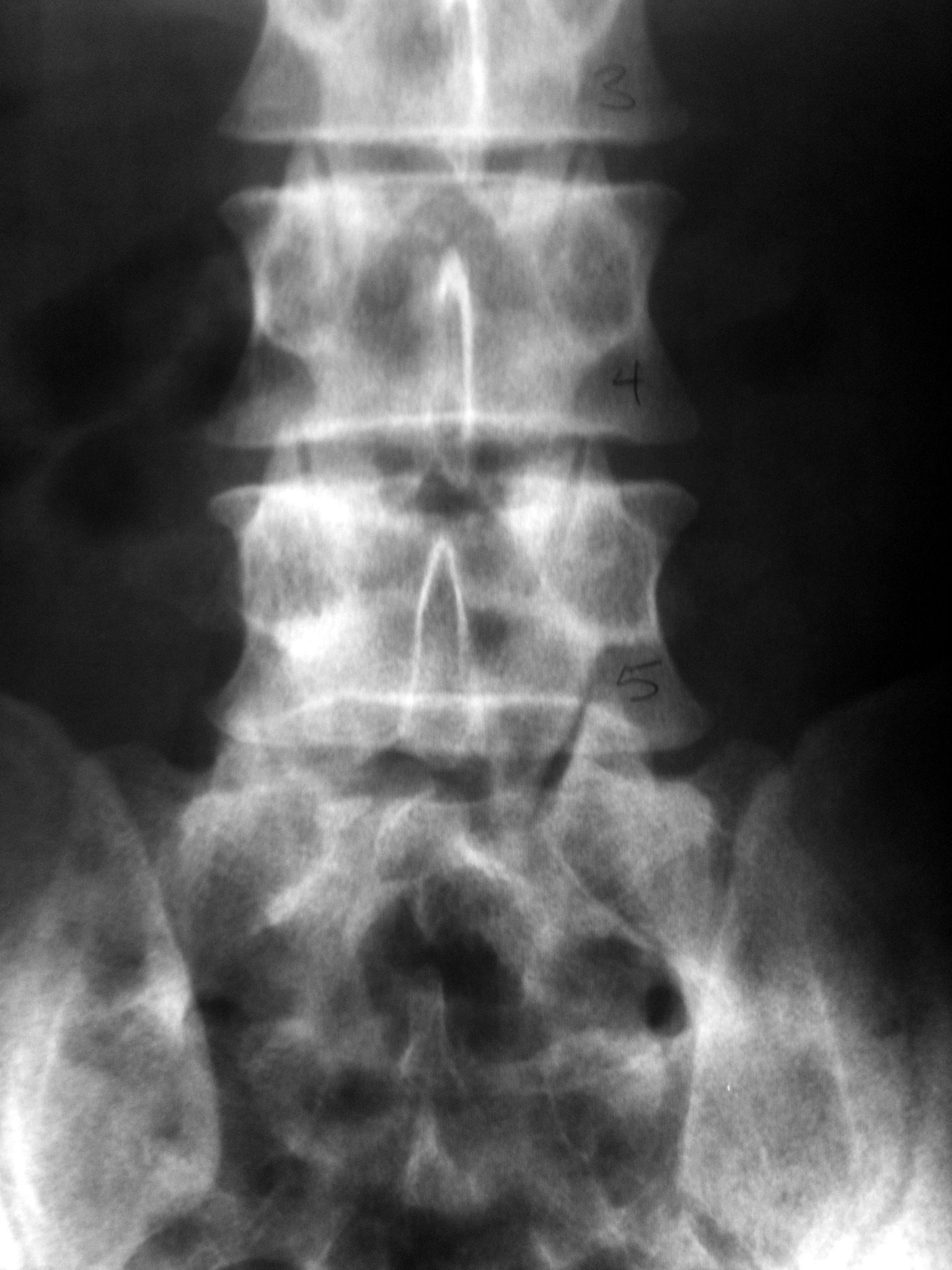 In 2008, the Allen Institute for Brain Science constructed the Allen Spinal Cord Atlas to map gene expression in the spinal column. The Atlas, which is used by researchers and health care professionals alike, facilitates understanding of brain and spinal cord injuries by marking specific regions to functions and, it follows, specific injuries to losses of function.
In 2008, the Allen Institute for Brain Science constructed the Allen Spinal Cord Atlas to map gene expression in the spinal column. The Atlas, which is used by researchers and health care professionals alike, facilitates understanding of brain and spinal cord injuries by marking specific regions to functions and, it follows, specific injuries to losses of function.
Such research is useful because there is no such thing as a localized spinal cord injury—as part of the brain stem, your spinal cord is connected to other bodily areas and processes. Speedy termination and mitigation of spinal cord damage can mean drastically improved prospects for recovery. The usual course of action taken by medical professionals to halt the spread of spinal cord injury are as follows:
Table of Contents
1. Containment of Damage
Generally, a spinal cord injury involves a displacement of vertebrae that injures the tissue running through the spinal column. In the time immediately following this displacement, the spinal cord may tear, swell, and bleed, which spreads the damage to other areas of the brain stem. Therefore, spinal cord injury treatment should ideally begin on-site and lead quickly into an emergency room. During the first stage of care, the spine is stabilized to prevent further trauma while the patient is transported to the hospital.
2. Stabilization
If the first stage can be compared to the arrival of firefighters at a roaring blaze, the next stage involves their enclosure of the fire and the start of efforts to put it out. Once in the emergency room, doctors will first ascertain that the victim can breathe (since a swelling spinal cord may cut off blood to the brain and other areas). The medics administer shock treatment to prevent complications in later steps. Next, the patient’s other basic functions—elimination, blood flow, etc.—are checked for normalcy.
3. Medication
There are three types of medications that are administered to control the spread of spinal cord damage: anti-inflammatory, antioxidant, and anti-excitotoxin. Corticosteroids are anti-inflammatory medications administered right away to keep the immune system from turning on itself. An especially widely-used anti-inflammatory medication, methylprednisolone, prevents neural death by reducing swelling when given within 8 hours of the injury. When administered under the right conditions, such medications can prevent a continuation of immediate harm and speed recovery later on.
While the importance of rehabilitation cannot be overemphasized, the first response often determines the how well and how soon a spinal cord injury can heal. There is no time to worry about money or stress about getting time off work for doctor’s appointments: no spinal cord injury victim should be forced to choose between life/quality of life and livelihood.
Unfortunately, serious injuries of this sort often leave the victim wondering if they will have to do just that. Sometimes the available resources simply aren’t enough, and people need to try another approach. In cases where the injury in question resulted from another person’s careless act or omission and/or the insurance provider’s practical application of policy disagrees with theory, this approach may be a personal injury attorney. Unlike insurance, they won’t charge you until you are paid damages; and they have no reason to market to those who don’t actually need them.
If you are a Utah resident struggling with a spinal cord injury, Good Guys Injury Law offers free initial consultations at (801) 506-0800 or booklets at 1-800-LAW-BOOK. Don’t put off needed treatment because you currently lack the funds to cover it: the cost of unattended spinal cord injury is higher than what money can pay.
Image courtesy of Michael Dorausch